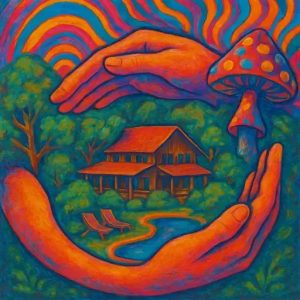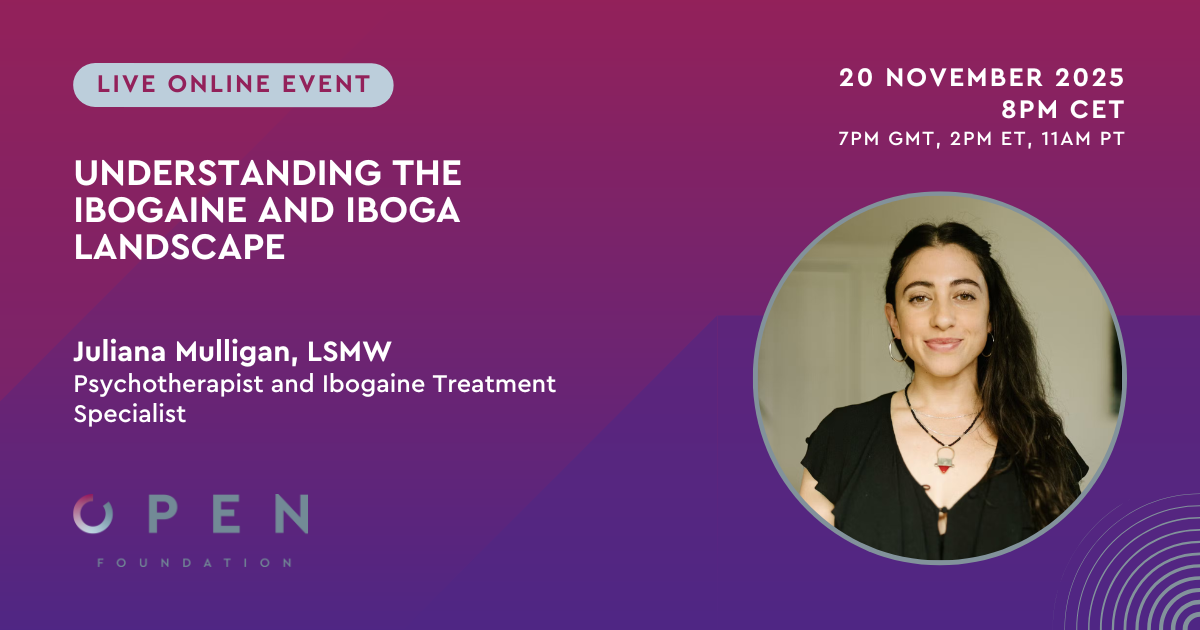Abstract
Depression impacts the lives and daily activities of millions globally. Research into the neurobiology of lateral habenula circuitry and the use of psychedelics for treating depressive states has emerged in the last decade as new directions to devise interventional strategies and therapies. Several clinical trials using deep brain stimulation of the habenula, or using ketamine, and psychedelics that target the serotonergic system such as psilocybin are also underway. The promising early results in these fields require cautious optimism as further evidence from experiments conducted in animal systems in ecologically relevant settings, and a larger number of human studies with improved spatiotemporal neuroimaging, accumulates. Designing optimal methods of intervention will also be aided by an improvement in our understanding of the common genetic and molecular factors underlying disorders comorbid with depression, as well as the characterization of psychedelic-induced changes at a molecular level. Advances in the use of cerebral organoids offers a new approach for rapid progress towards these goals. Here, we review developments in these fast-moving areas of research and discuss potential future directions.
Vitkauskas, M., & Mathuru, A. S. (2020). Total Recall: Lateral Habenula and Psychedelics in the Study of Depression and Comorbid Brain Disorders. International journal of molecular sciences, 21(18), 6525. https://doi.org/10.3390/ijms21186525











